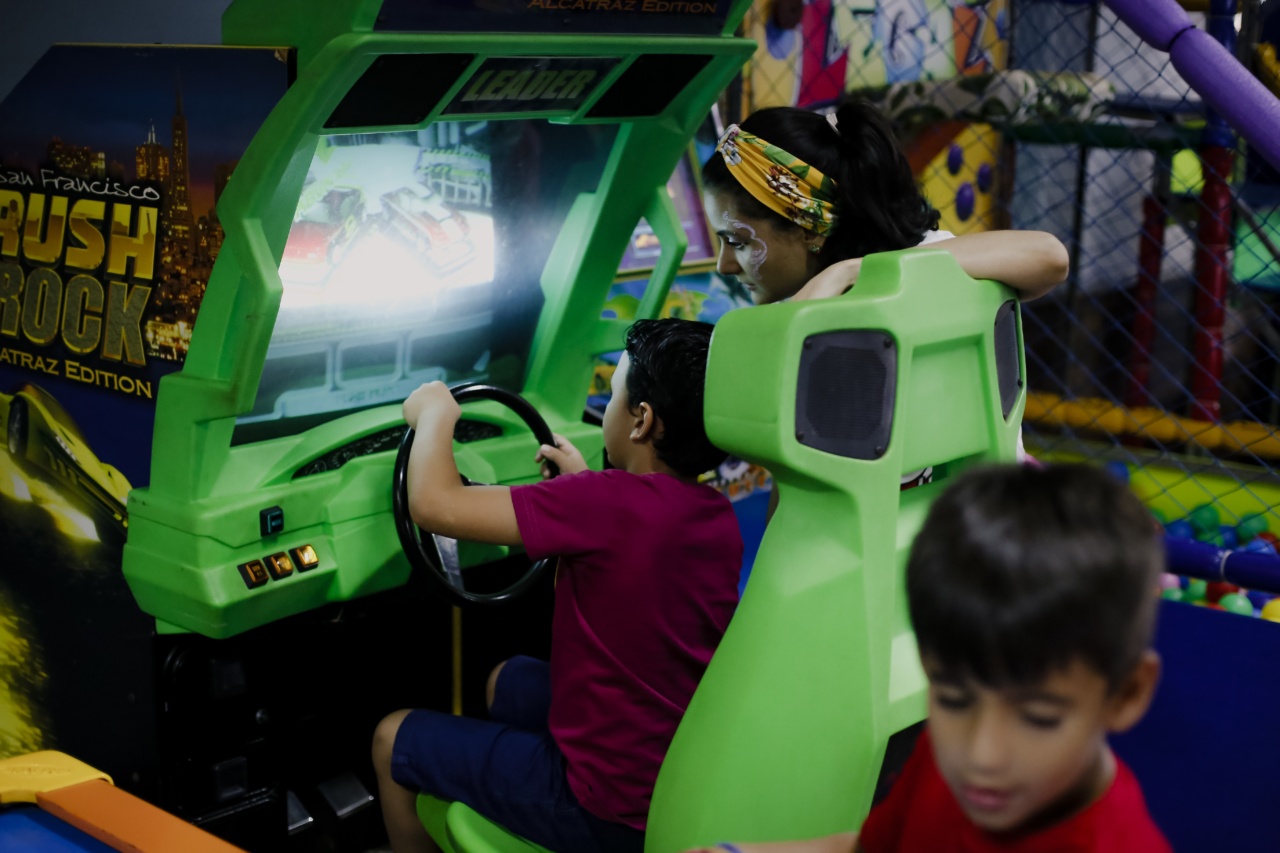Children are naturally curious beings, driven by an innate desire to explore their surroundings. However, it is evident that not all children possess the same level of drive when it comes to exploration.
Some children exhibit a stronger inclination to explore and seek out new experiences, while others may be more content with familiar environments. This discrepancy in exploration drive can be attributed to a range of factors, encompassing both genetic and environmental influences.
The Role of Personality
One significant factor contributing to individual differences in exploration drive is personality. Some children are born with innate personality traits that make them more inclined to seek out novel experiences and explore their surroundings.
These children are often described as having a high level of openness to experience, which is one of the Big Five personality traits.
Openness to experience refers to an individual’s willingness to engage in new or unfamiliar situations and their receptiveness to novel ideas.
Children who score high on this trait tend to exhibit a strong drive to explore and are often more curious, imaginative, and adventurous. In contrast, children who score low on openness to experience may be more focused on routine and familiar activities, showing less motivation to explore their environment.
Genetic Factors
Research suggests that genetics also play a role in determining the level of exploration drive in children. Studies that have compared exploration tendencies of siblings and twins have found evidence of a genetic influence on exploration behavior.
Genetic factors contribute to individual differences in temperament, which includes traits such as fearfulness, sociability, and activity level, all of which can affect exploration drive.
Some children may be genetically predisposed to exhibit higher levels of exploration drive due to genes related to the neurotransmitter dopamine.
Dopamine is involved in regulating the brain’s reward and motivation systems, and genetic variations in dopamine-related genes can influence an individual’s tendency to seek out new experiences and engage in exploratory behaviors.
Environmental Factors
While genetics provide a foundation, environmental factors also shape a child’s exploration drive. The environment in which a child grows up greatly influences their experiences and opportunities for exploration.
Various environmental factors can either enhance or hinder a child’s natural drive to explore.
Parenting practices, for instance, can significantly impact a child’s motivation to explore.
Parents who encourage and support exploration by providing stimulating environments, age-appropriate challenges, and opportunities for independent problem-solving foster a stronger drive to explore in their children. On the other hand, overprotective parenting styles and excessive control can inhibit a child’s exploration tendencies, leading to a weaker drive to explore.
The educational environment is another crucial factor. Schools that emphasize hands-on learning, encourage curiosity, and provide opportunities for exploration and discovery help cultivate a stronger drive to explore in children.
In contrast, rigid educational systems that focus solely on rote memorization and standardized testing may not foster the same level of exploration and curiosity.
Nurturing Curiosity
Recognizing the importance of exploration and the variations in drive among children, parents and educators can play a crucial role in nurturing and encouraging curiosity and exploration. Here are some strategies that can help:.
1. Provide a Stimulating Environment
Create an environment that offers a variety of age-appropriate materials, toys, books, and activities to engage children’s curiosity.
Stimulating environments with open-ended materials allow children to explore and experiment, fostering their desire to seek out new experiences.
2. Encourage Independent Problem-Solving
Allow children to solve problems on their own, providing support and guidance when necessary.
When children are given the freedom to figure things out by themselves, they develop problem-solving skills and build confidence in their abilities, which fuels their exploration drive.
3. Foster a Love for Learning
Promote a love for learning by incorporating fun and engaging activities into everyday life. Make learning enjoyable and encourage children to ask questions and seek answers.
By instilling a love for learning, children will naturally develop a stronger drive to explore the world around them.
4. Embrace Risk-Taking
Allow children to take appropriate risks and venture out of their comfort zones. Encourage them to try new things, face challenges, and learn from mistakes.
By providing a safe and supportive environment, children will feel empowered to explore and will become more resilient in the face of obstacles.
5. Foster Curiosity through Role Modeling
Be a role model for curiosity and exploration. Demonstrate your own curiosity about the world and engage in activities that promote exploration.
Encourage discussions and conversations about various topics, and show enthusiasm for learning and discovering new things.
The Importance of Recognizing Individual Differences
It is crucial to recognize and respect the individual differences in exploration drive among children. Every child is unique, with their own personality, interests, and motivations.
By embracing these differences, we can create an inclusive and supportive environment that caters to each child’s specific exploration needs.
In conclusion, the level of drive to explore in children varies due to a combination of genetic and environmental factors.
Personality traits, such as openness to experience, and genetic variations related to neurotransmitter systems, contribute to individual differences in exploration drive. Furthermore, environmental factors, including parenting practices and educational environments, greatly influence a child’s motivation to explore.
Nurturing curiosity, providing stimulating environments, and encouraging independent problem-solving are key strategies to support and enhance a child’s exploration drive. By recognizing and embracing these individual differences, we can empower children to develop a lifelong love for exploration and learning.






























